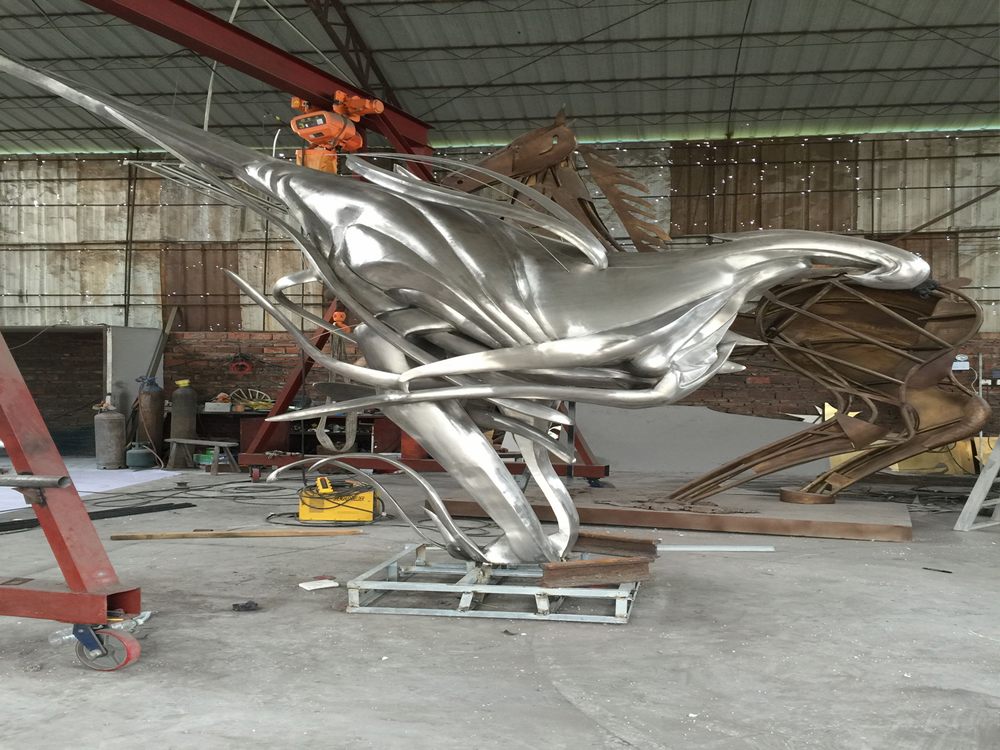
In the evolving world of art, augmented reality (AR) has emerged as a groundbreaking tool, allowing artists to breathe new life into traditional stone sculptures. By integrating AR technology, sculptors can overlay digital elements onto physical stone carvings, creating dynamic, interactive experiences for viewers.
The process begins with the creation of a traditional stone sculpture, often crafted using techniques passed down through generations. Once the physical piece is complete, artists use AR software to design digital enhancements—such as animations, soundscapes, or even narrative layers—that activate when viewed through a smartphone or AR headset.
One popular method involves embedding QR codes or invisible markers into the sculpture’s surface. When scanned, these triggers unlock the AR content, transforming static stone into a living artwork. For example, a serene marble figure might suddenly come to life, telling its story through projected visuals or responding to the viewer’s movements.
Artists also leverage AR to add context or historical depth to their work. A stone monument could reveal hidden layers of its creation process or display archival footage when viewed through an AR lens. This fusion of old and new not only preserves traditional craftsmanship but also invites audiences to engage with art in innovative ways.
The result is a mesmerizing blend of tactile and digital art, where the permanence of stone meets the fluidity of technology. As AR tools become more accessible, this trend is reshaping how we perceive and interact with sculpture, offering endless possibilities for creativity and storytelling.

